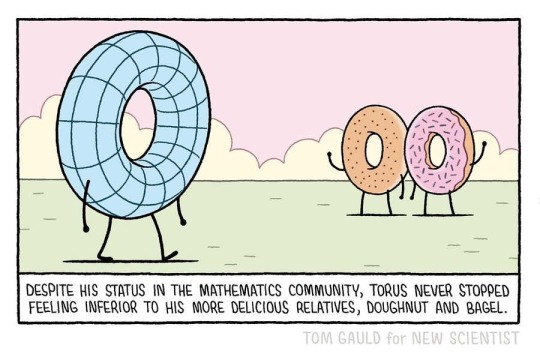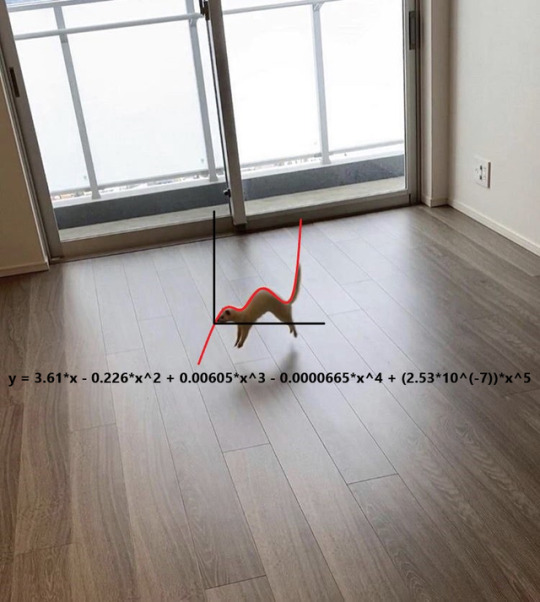#Mathematics
Text
https://jill-184.szhdyy.com.cn/qf/K6728h3
#korra#sirius black x reader#pizza tower#humans are space australians#mobius#edvin ryding#mathematics#big tiddy gf#Carmelo Anthony#black fashion#jada stevens#taylor momsen
121 notes
·
View notes
Text
#kat von d#mathematics#Carmelo Anthony#hololive#taylor momsen#pay me for my time#dana scully#onlyfans tease#andrea abeli#wonho#daniela lopez osorio#dirkjake#[text]#nicola cavanis
123 notes
·
View notes
Text
#harleydavidson#stephanie brown#mathematics#wonho#kyuhyun#brianna marie dale#colorful#cities#daniel craig#Owls#sims#making out
120 notes
·
View notes
Text
In 1931, the Austrian logician Kurt Gödel pulled off arguably one of the most stunning intellectual achievements in history.
Mathematicians of the era sought a solid foundation for mathematics: a set of basic mathematical facts, or axioms, that was both consistent — never leading to contradictions — and complete, serving as the building blocks of all mathematical truths.
But Gödel’s shocking incompleteness theorems, published when he was just 25, crushed that dream. He proved that any set of axioms you could posit as a possible foundation for math will inevitably be incomplete; there will always be true facts about numbers that cannot be proved by those axioms. He also showed that no candidate set of axioms can ever prove its own consistency.
His incompleteness theorems meant there can be no mathematical theory of everything, no unification of what’s provable and what’s true. What mathematicians can prove depends on their starting assumptions, not on any fundamental ground truth from which all answers spring.
Natalie Wolchover, How Gödel’s Proof Works, Quanta Magazine, July 14, 2020
#quote#mathematics#science#Kurt Godel#Kurt Gödel#Godel#Gödel#proof#truth#incompleteness theorem#theorem#Gödel's Incompleteness Theorems#Godel's Incompleteness Theorems#math#mathematician#logic#knowledge#ignorance#theory of everything
30 notes
·
View notes
Text
Introduction to Topology Master Post
Metric Spaces
Topological Spaces and Continuity
Closed Sets and Limit Points
Hausdorffness
Connectedness
Path Connectedness
Compactness
Bases and Second Countability
Product Spaces
The Heine-Borel Theorem
Quotient Spaces
Important Examples
Conclusions and Remaining Questions
As of making this post, the entire series isn't out yet so some links won't be here yet (24/04/2024)
36 notes
·
View notes
Text


#statistics#memes#meme#lol#mathematics#mathblr#math#maths#relatable#relatable meme#relatable memes#dog meme#dog memes#this is fine meme#this is fine dog#funny#Twitter#Twitter meme#Twitter memes
58K notes
·
View notes
Text
You guys are never gonna believe what the name of this sculpture is


24K notes
·
View notes
Text

My latest New Scientist cartoon
12K notes
·
View notes
Text
There’s a lot of excellent examples of the difference between a million and a billion, but here’s my new personal favorite from a conversation I had today:
A million minutes ago was April 2021, the height of the COVID pandemic.
A billion minutes ago was November 121 CE, the height of the Roman Empire.
#Other favorite being the length of Manhattan in inches vs the distance between NYC and LA in inches#shut up e#mathematics
69K notes
·
View notes
Text

9K notes
·
View notes
Text
People on this site will put together polls like "The Banach-Tarski Paradox versus Camembert Cheese", then act like the results prove that they're surrounded by idiots.
9K notes
·
View notes
Text






i love studying. i love writing. i love reading. i love learning languages. i love doing mathematics. i love wandering over some particular sum and trying to come up with formulas to solve it. i love physics. i love biology. i love chemistry. i love history. i love literature. i love learning.
not to achieve the perfect grades ever. but it just amazes me that there's so much to know and learn and write and read about in the universe. my curiosity wouldn't get enough of it.
#random#aesthetic#literature#light academia#academia#academia aesthetic#dark academia#moodboard#shitpost#moodboards dark academia#moodboards aesthetic#aesthetic moodboards#my moodboards#my moodboard#moodboard aesthetic#dark academia moodboard#dark academic aesthetic#dark moodboard#romantic academia#academia moodboard#history#mathematics#science#knowledge#books#write#studying aesthetic#studyblr#chaotic academic aesthetic
7K notes
·
View notes
Text
Grad school quote of the day:
“Lovely man. They shouldn't let him teach.”
9K notes
·
View notes
Link
In the remote Arctic almost 30 years ago, a group of Inuit middle school students and their teacher invented the Western Hemisphere’s first new number system in more than a century. The “Kaktovik numerals,” named after the Alaskan village where they were created, looked utterly different from decimal system numerals and functioned differently, too. But they were uniquely suited for quick, visual arithmetic using the traditional Inuit oral counting system, and they swiftly spread throughout the region. Now, with support from Silicon Valley, they will soon be available on smartphones and computers—creating a bridge for the Kaktovik numerals to cross into the digital realm.
Today’s numerical world is dominated by the Hindu-Arabic decimal system. This system, adopted by almost every society, is what many people think of as “numbers”—values expressed in a written form using the digits 0 through 9. But meaningful alternatives exist, and they are as varied as the cultures they belong to.
Continue Reading
30K notes
·
View notes
Text

He's right tho
9K notes
·
View notes
